– Which is your key to outdoor survival?
Does a soldier really need a pocket knife? Yes, one might say. But despite advances in folding knife technology, this view is short-sighted. In the tasks a soldier needs to perform with a knife, a fixed blade is superior to a folding knife in every way. Historically, combatants of all ages have relied on fixed blades (swords, bayonets, daggers, and daggers) as primary and secondary weapons
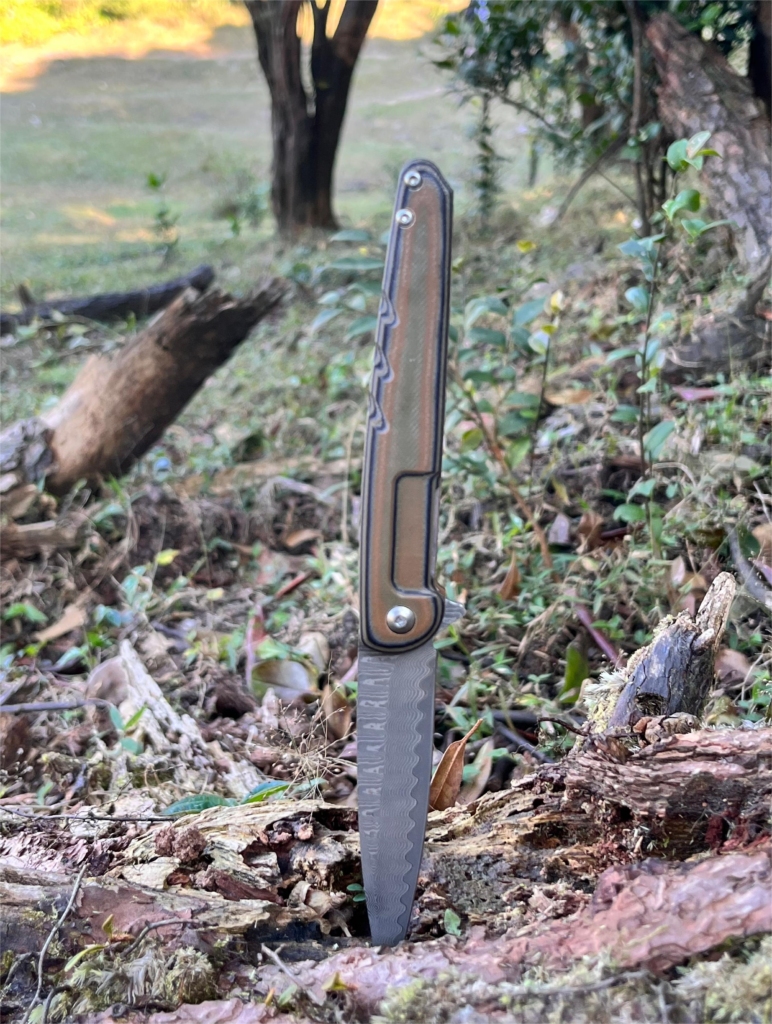
Folding knives have been around for centuries, but few considered them suitable for the battlefield. They were relegated to agricultural and civilian use.
I have heard a point of view that most people think that a folding knife is what soldiers really need.
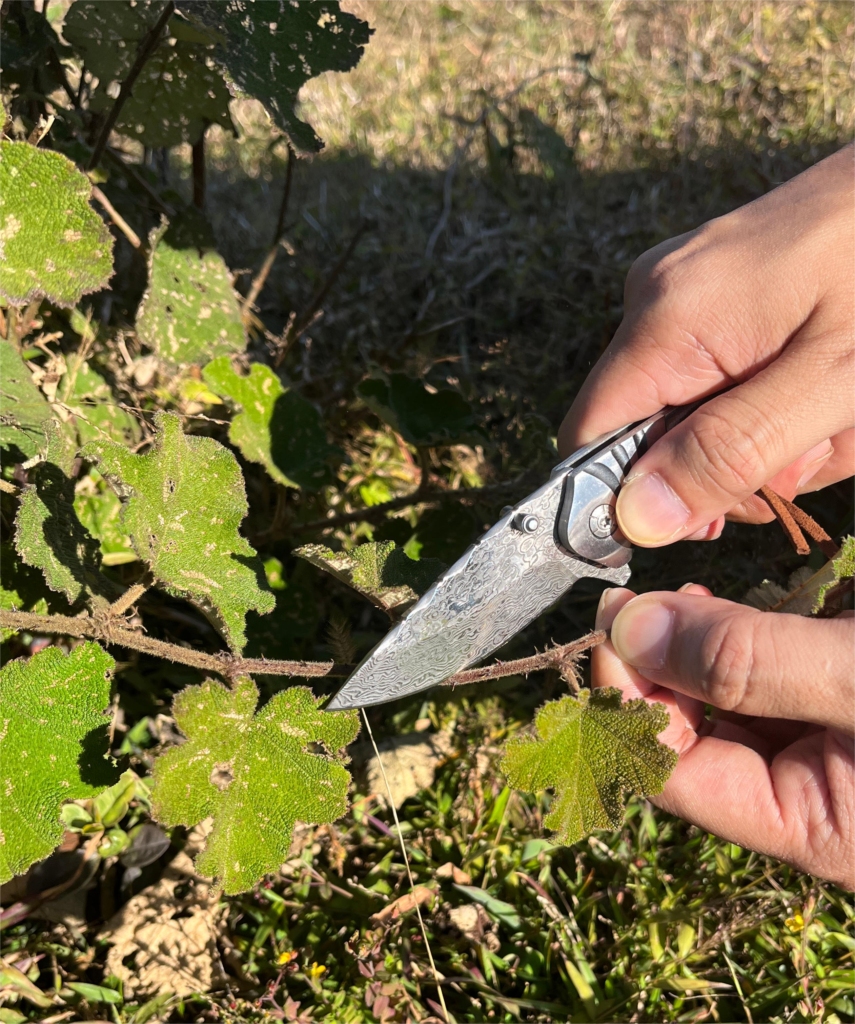
So, what does the Saber need to do? Knives have been performing the same tasks since the beginning: cutting, stabbing, hacking, and the occasional prying and digging. There are many folding knives that can meet some of these needs. A few managed to struggle which did most. But no folding knife meets all these requirements well.
Fixed blades, on the other hand, provide reliability and consistency for a variety of combat needs.
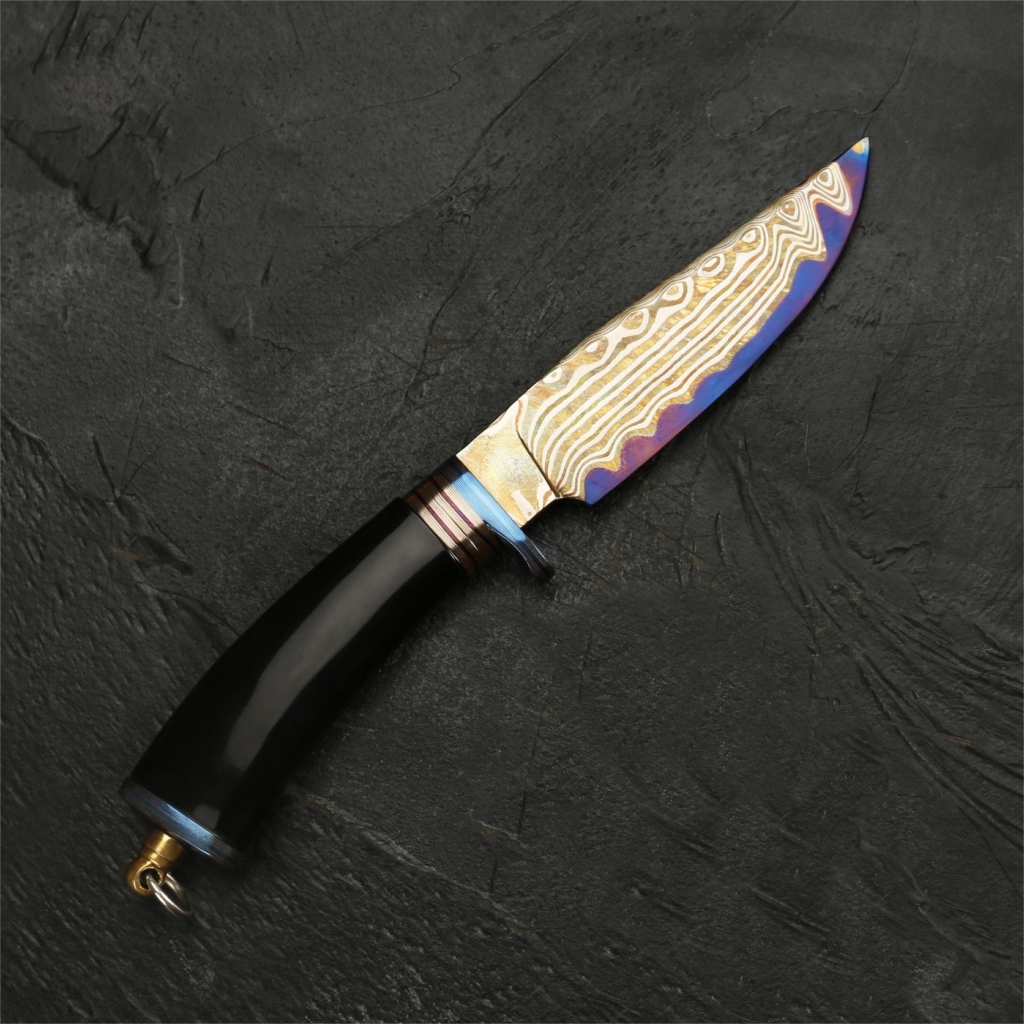
In addition to their ability to outperform folding knives in terms of knife functionality, fixed blades have several other attributes that make them invaluable to any soldier who might find themselves in harm’s way. These properties are strength, length and reliability.
Strength
I cannot overstate the strength advantage of a fixed blade compared to a folding knife. The progress that knife manufacturers have made in developing secure locking systems for folding knives is amazing.
There is no doubt that a folding knife today will perform tasks that no sane user would have expected 40 or 50 years ago.
“When your knife must be surveyed for the task it’s being applied to, a fixed blade is the only option.”
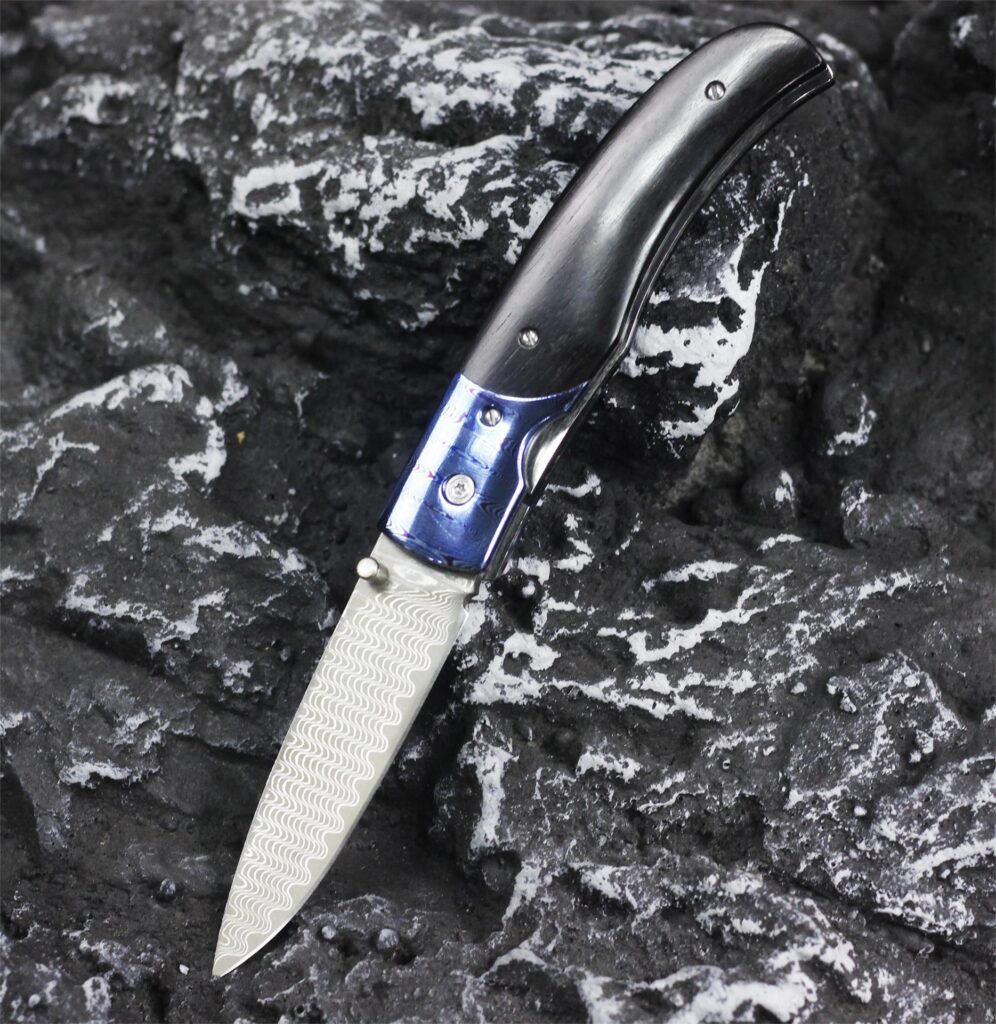
By definition, a folding knife is a knife that breaks off – that is, it consists of at least two (and often more) separate parts.
Trying to pair these parts into a reliable, durable whole is a worthwhile pursuit for both the knifemaker and the owner, but it’s not the purview of the soldier. When debris falls and your knife must stand up to the tasks you apply it to, a fixed blade is the only option.
Length
Most folding knives have blades in the 3 to 4 inch range. Fixed blade knives, on the other hand, tend to start with a 3½-inch blade, with most blades in the 4 to 6-inch range. Blades made specifically for combat typically have 7 to 12-inch blades.
“When configuring your knife’s settings…make sure the blade’s safety sheath retention, reach…and enemy restrictions on the knife.”
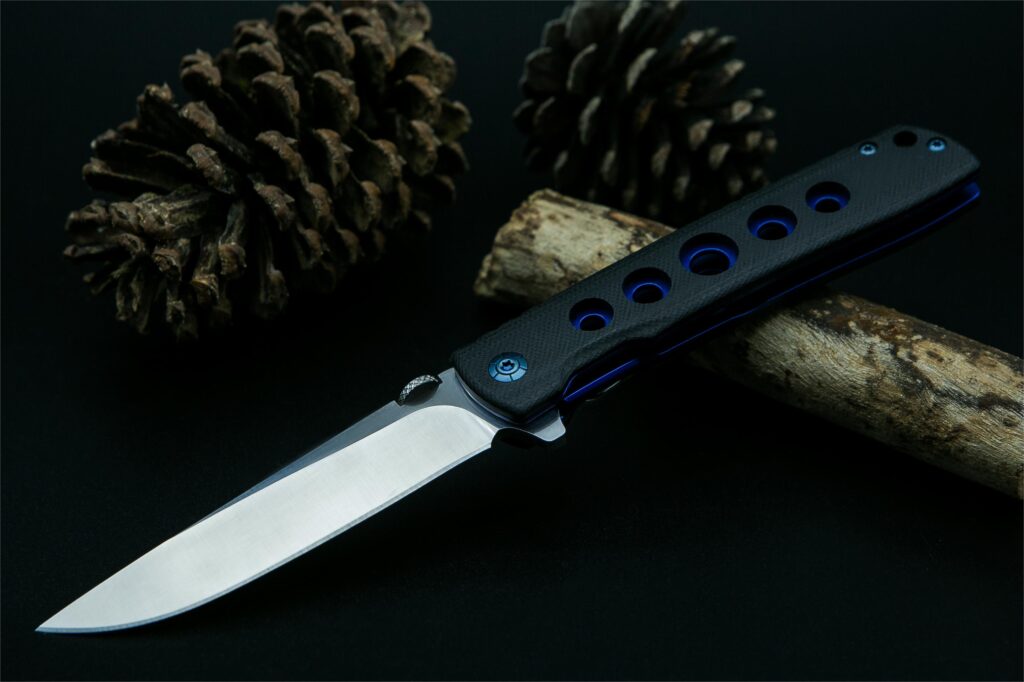
So why is the longer length of the fixed blade important? Because on the battlefield stronger cuts, deeper stabs and wider slashes are needed. And it’s best performed with a blade that’s long enough.
Whether you’re mowing parachute rigging, piercing clothing and load-bearing tools, or cutting vegetation, you’ll need more blade length than a regular folding knife offers.
Accessibility/Reliability
Although accessibility and reliability may seem to be considered separately, they are two sides of the same coin when it comes to improving tool efficiency.
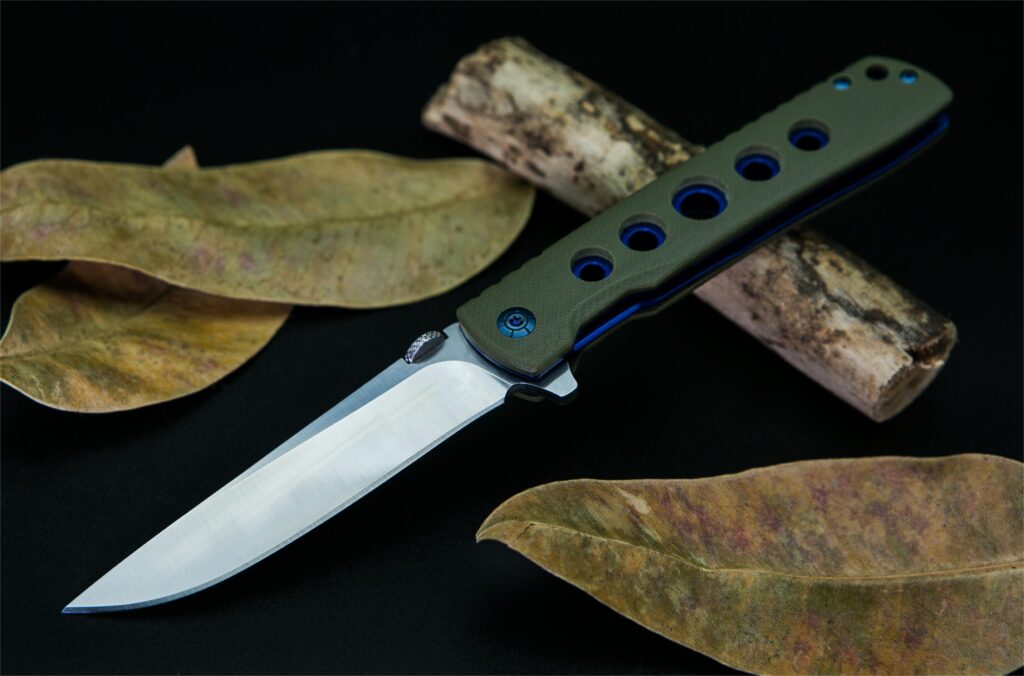
Your knife is of little use if it’s not immediately accessible and ready for action. Accessibility options for soldiers who carry fixed blades are plentiful, although most troops find it useful to secure knives to load-bearing equipment, plate carriers, and thighs. It’s convenient on the rig, but placement is really only limited by one’s imagination.
However, when configuring your knife’s settings, make sure that the blade’s sheath is securely attached, that you can maneuver it while sitting or standing, and that the likelihood of an enemy grabbing the knife is limited.